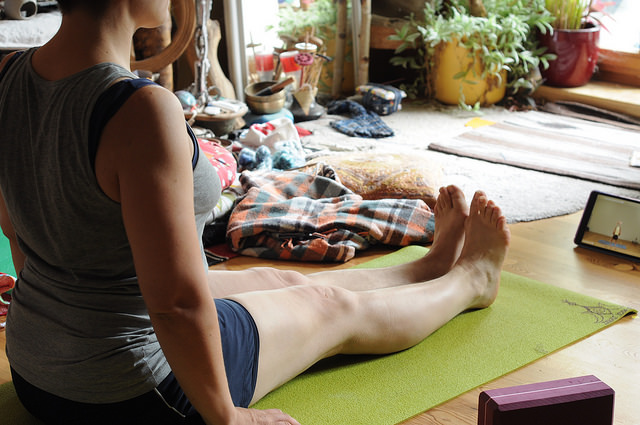Find a Yoga Practice that Works for You

Perceptions about what exactly yoga is abound. Yoga, a Hindu discipline, involves breath control, simple meditation, and specific body postures and is recognized as being beneficial for both health and relaxation. Yoga is not a one-size-fits-all activity, though. Its variations range from power yoga to versions that are more relaxing. We’ll talk about the different types so that you can determine which is best for you.
How does yoga benefit your health?
Yoga can be a safe and effective way to increase your fitness and lower your stress. Studies show that regular yoga practice can have positive effects on heart rate, blood pressure, anxiety, and depression. As well, people with chronic low-back pain might be able to reduce discomfort by practicing yoga poses intended for their condition.
Yoga poses are designed to stretch and place weight on your muscles, which leads to better flexibility, increased movement, and reduced stiffness and fatigue. When performed properly, almost every yoga pose will help increase your core strength as well.
By practicing yoga regularly, you could see the following results:
- increased flexibility
- increased muscle strength and tone
- improved respiration and energy
- weight loss
- better cardiovascular health
- better circulatory health
- increased protection from injury
Yoga is generally a low-risk exercise for healthy people as long as the instructor is well-trained. If you have high blood pressure, glaucoma, sciatica, or are pregnant, you should modify or avoid certain poses. Before you begin any new physical exercise regimen, always check with your primary care provider to see if it’s a good fit. If you have specific concerns, be sure to mention them to the yoga instructor before class.
Popular yoga styles
Anusara – This style of yoga was developed in 1997. It’s designed to help participants experience grace and feel with the heart.
Ashtanga (aka power yoga) – With this rigorous form of yoga, each pose is linked to a breath. A hot, sweaty, demanding practice, you’ll move to the same poses in sequence each time.
Bikram/Hot Yoga – This type of class will lead you through a 26-pose sequence in a heated room. Like Ashtanga, it’s physically demanding. Prepare to sweat!
Hatha – This refers to any type of yoga that involves physical postures, so it applies to almost any class available in the U.S. It’s usually taught as a gentle introduction to yoga. You may not sweat, but your muscles should feel loose and relaxed.
Iyengar – This style involves very meticulous poses, with great attention paid to alignment and posture. You may not increase your heart rate, but remaining in proper posture for a period of time can be physically demanding. If you have an injury or a chronic condition, Iyengar might be a good choice.
Restorative – Rough day? Relax! Restorative yoga is just that – a way to use passive poses, along with blankets, bolsters, and blocks as props – to get the benefit of a yoga pose without exerting physical effort. Some people believe that a restorative yoga session can be more rejuvenating than a nap.
Vinyasa – This style of yoga is movement-intensive (similar to Ashtanga), but with a smooth, flowing transition from one pose to the next (vinyasa means “flow” in Sanskrit). These poses are designed to test your physical strength and limits. It differs from Ashtanga in that the vinyasa routine will vary from class to class, whereas Ashtanga routines remain the same.
How do you choose which style of yoga is right for you?
The right yoga style depends on your health status. If you’re generally healthy and active, a challenging yoga practice like vinyasa or ashtanga could be appropriate. If you have health concerns, speak with your doctor. Ask about starting with a gentler form of yoga, followed by a more demanding style as you build your stamina and strength.
References: National Center of Complementary and Alternative Medicine (U.S. Department of Health and Human Services), American Osteopathic Association
 The Daily Dose
The Daily Dose
 Erin Blakesley
Erin Blakesley
One Response to “Find a Yoga Practice that Works for You”